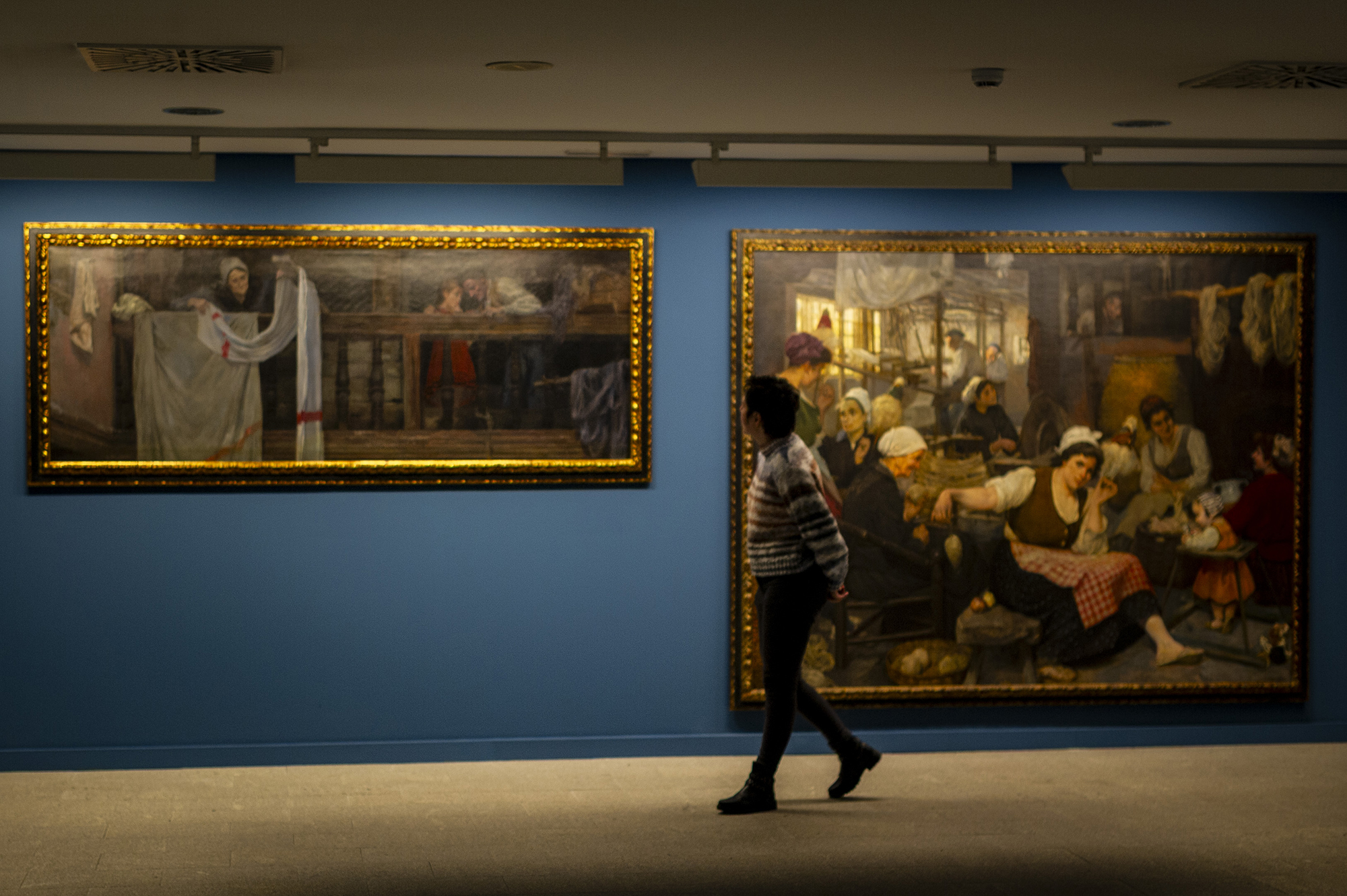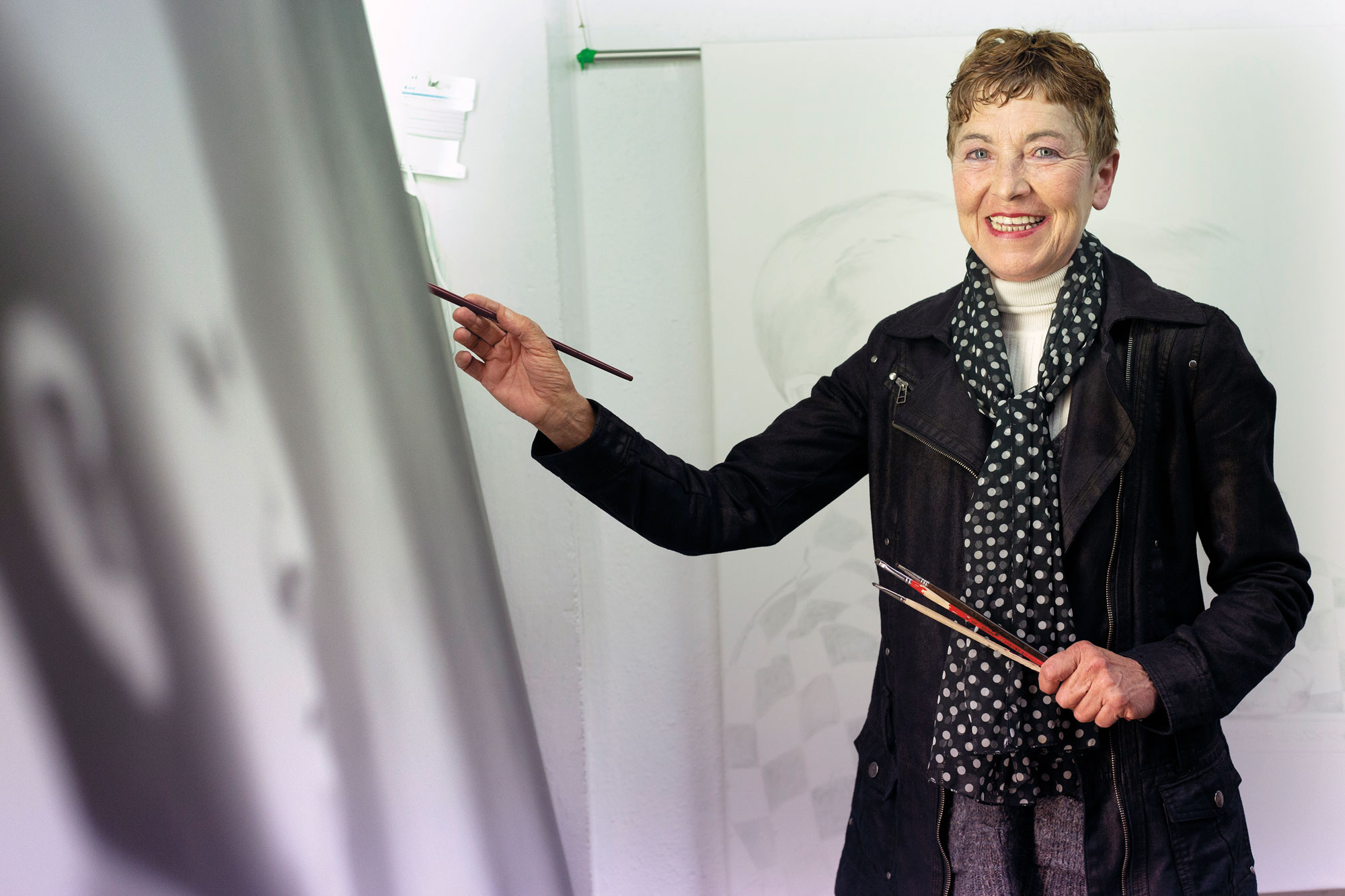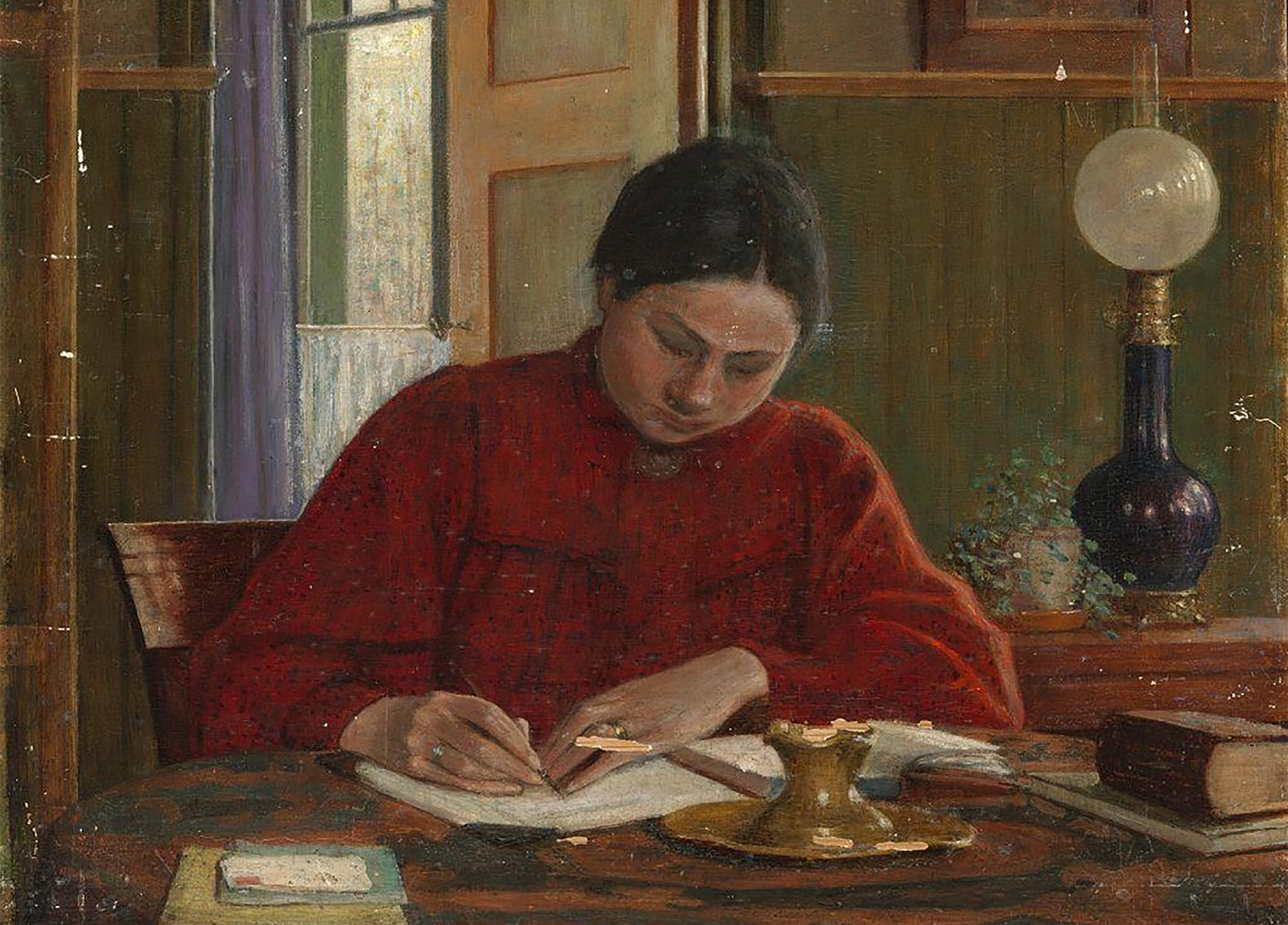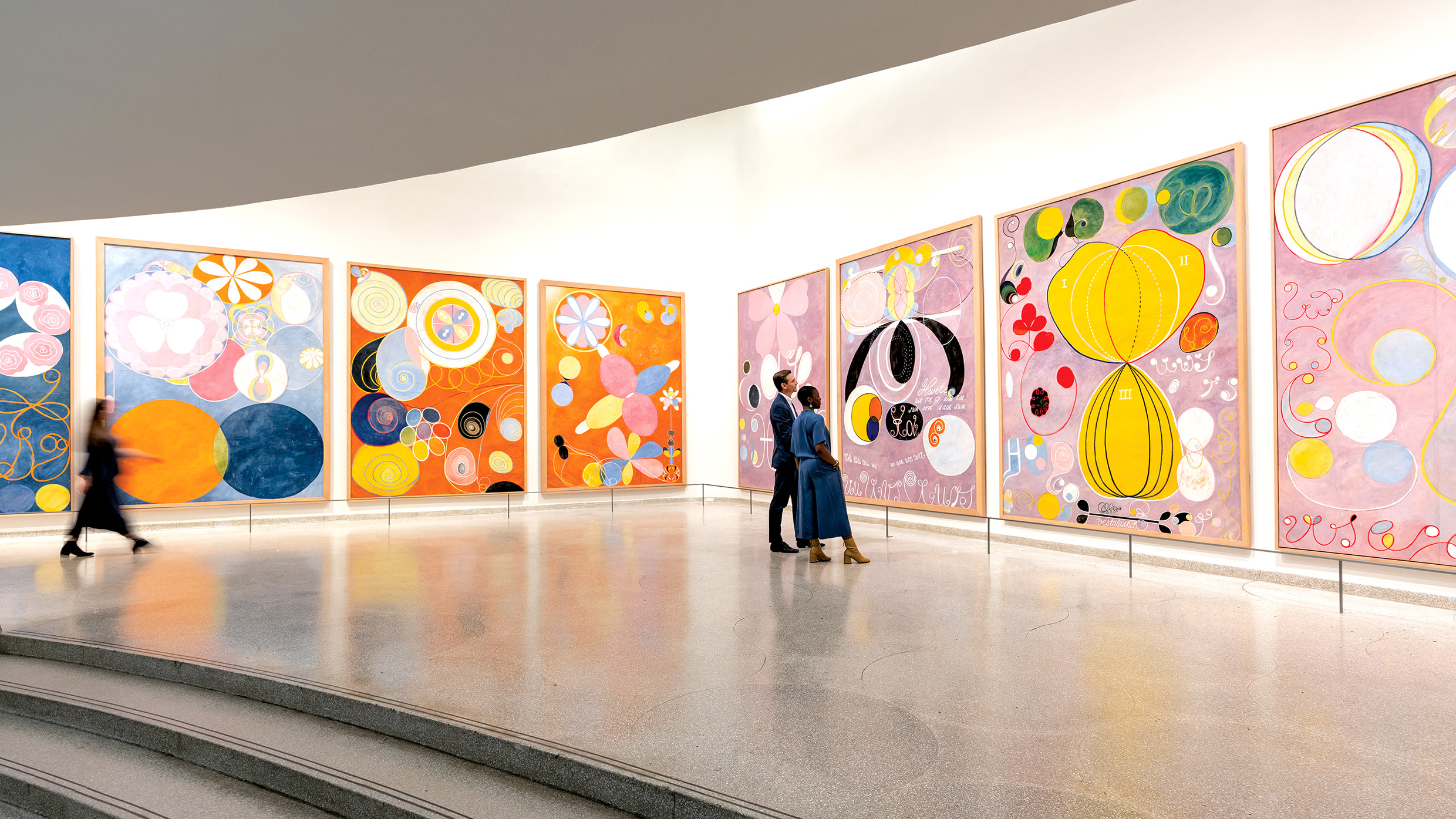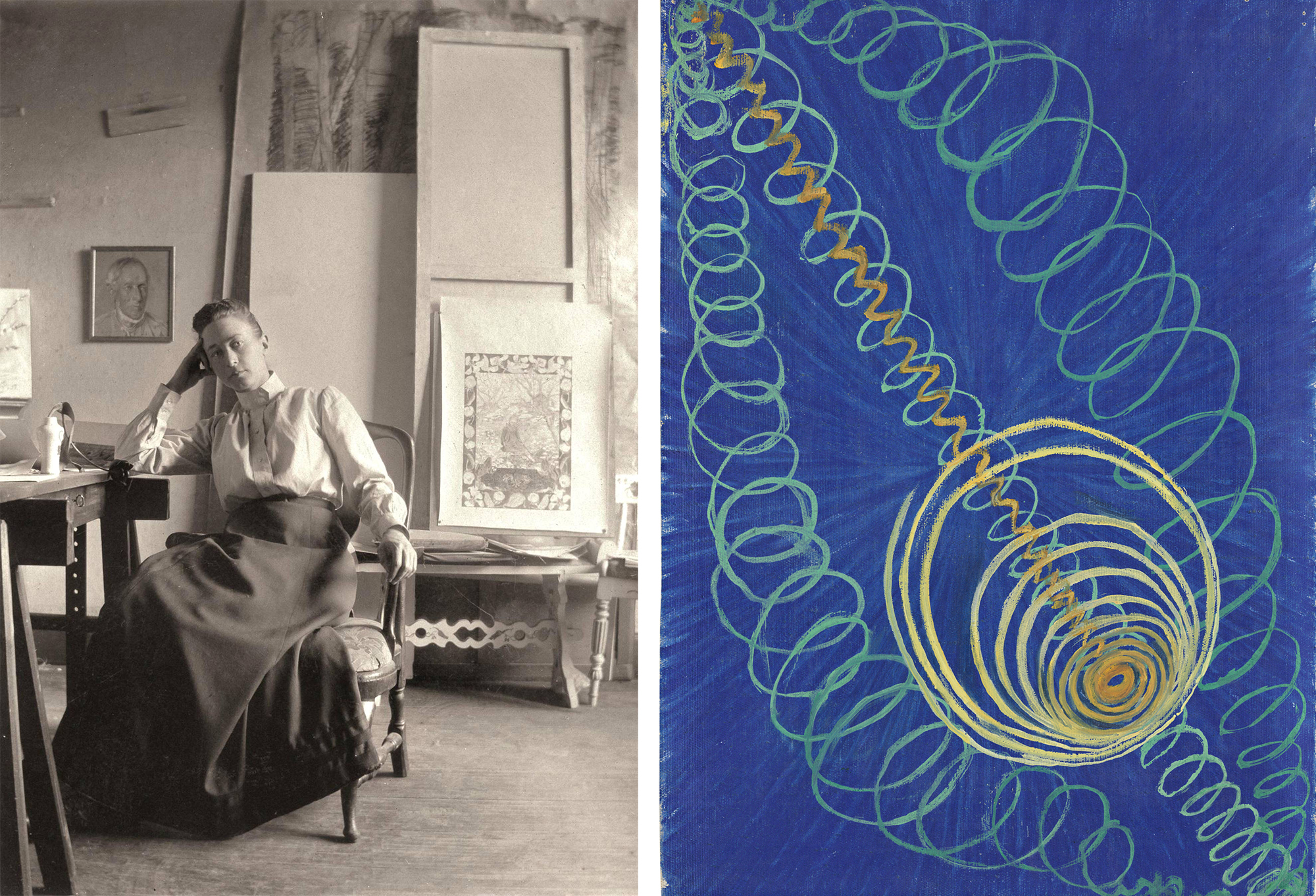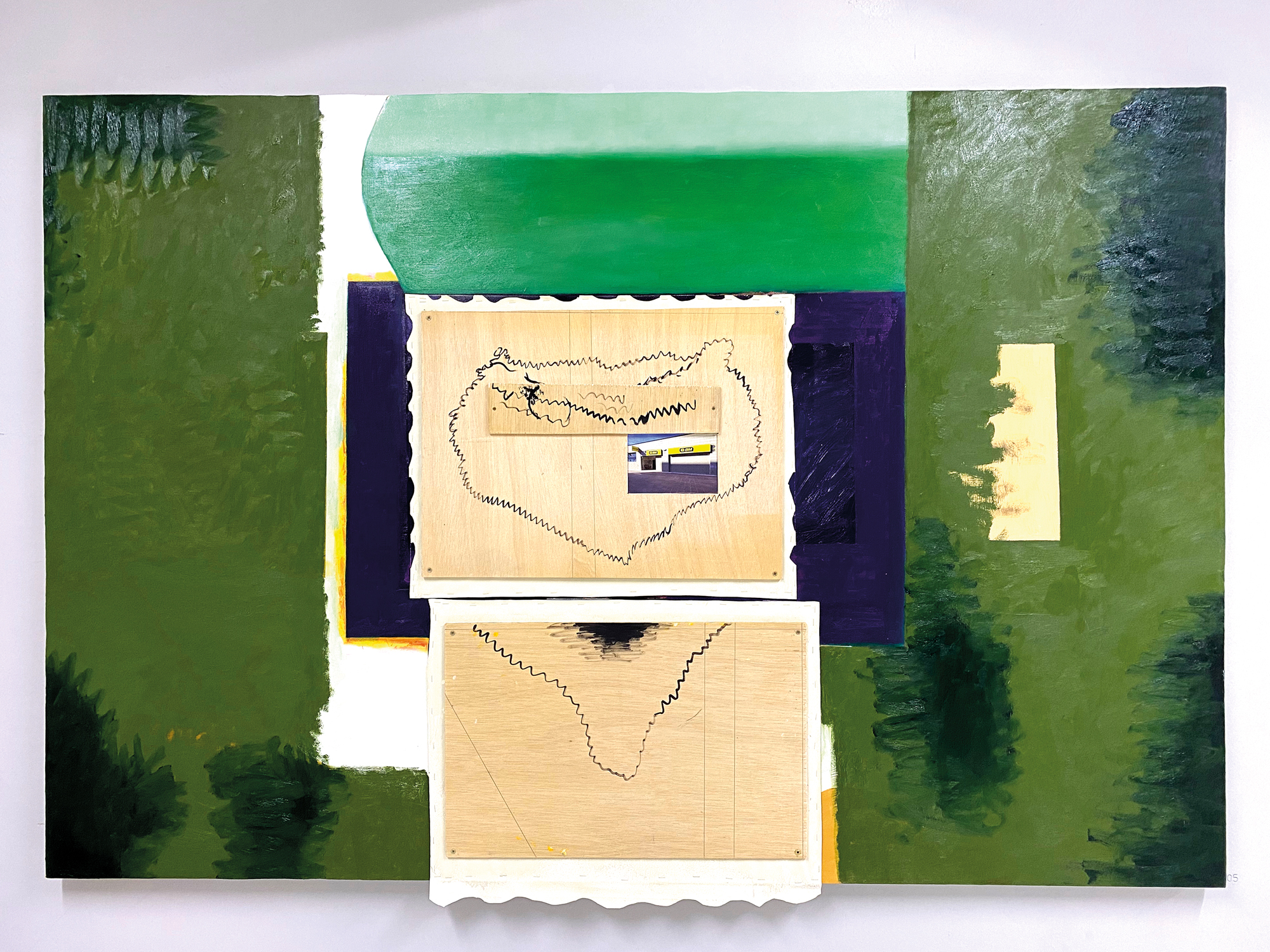
I have always been amazed at what politicians and bankers know about art. Everyone has to be amateurs… This is what Kutxa President Xabier Iturbe said in 2010, in the catalogue of the exhibition he was offered in the Boulevard Hall of Donostia: “Despite being close to impressionism, it is difficult to place Amaric in a particular artistic group. Even the experts, seeing the serene and honest works of Amarica, do not want to qualify.”
In 1900 he was in Paris and there he saw the latest trends, including impressionism.
Last year was 150 years since the birth of Fernando Amárica Medina (Vitoria-Gasteiz, 1 June 1866 - Vitoria-Gasteiz, 6 November 1956), in a “happy environment”. He studied lawyers in Valladolid, was finished before he was 21, but he never served as a lawyer. His uncle, 23 years older than his father, died with great affection and was dedicated to living with the money he left.
He started painting in 1893 as if there was nothing else in the world. He was in Rome in 1895 and travelled through Italy taking advantage of his stay. In 1898 he was in Madrid, a disciple of Sorolla, and surely it is then when he has luminism. In 1900 he was in Paris, in the year of the Universal Exhibition, where he saw the latest trends, including impressionism.
In 1903 he presented the painting that appears here in the Paris Hall, the afternoon of September on the edge of the Zadorra, and besides being elected, he received praise; today he belongs to the Prado Museum of Spain.
He lived for a long time and also left production, mostly by the foundation that bears his name. It painted above all landscapes, its theme is always the light, the solitude of each place and moment, the singularity, the tones, the beauty of the colors, the life of the moment... It usually refers to months or seasons in titles, as here.
Bussum (Netherlands), 15 November 1891. Johanna Bonger (1862-1925) wrote in his journal: “For a year and a half I was the happiest woman on earth. It was a long and wonderful dream, the most beautiful one I could dream of. And then came this terrible suffering.” She wrote... [+]











